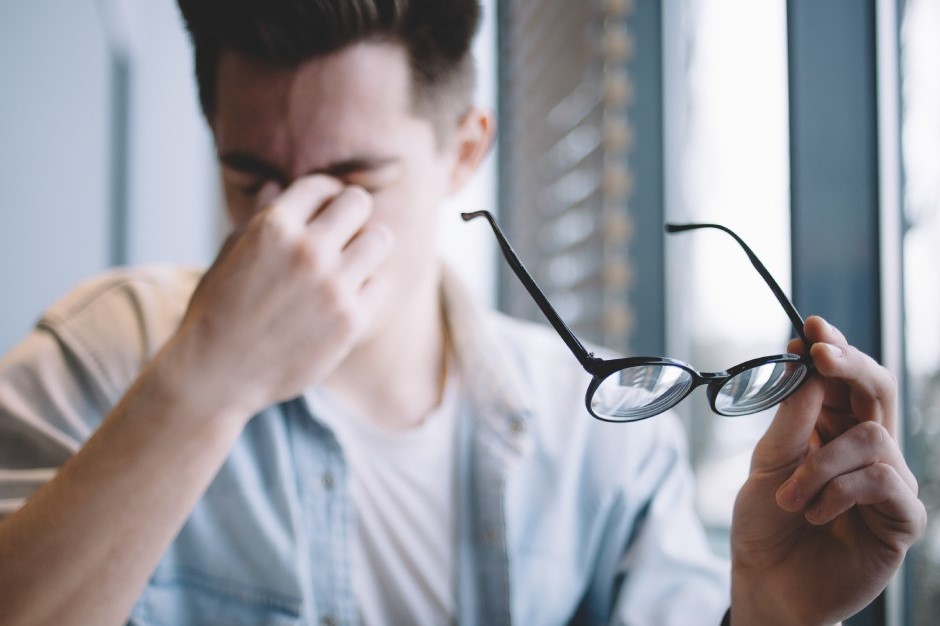
What diplopia (or double vision) means and what diseases it may be associated with
Double vision, or diplopia, is a disorder in which two images are seen when looking at an object. Its basis is a problem in the projection of the image onto the retina, which falls in a different place in one eye than in the other
Monocular diplopia occurs when the problem persists even if one eye is covered: this problem is usually associated with irregularities in the surface of the cornea or with problems with the cornea or retina.
Binocular diplopia disappears when one eye is covered.
Its most common cause is strabismus, but it may be associated with a neurological or muscular problem.
What diseases can be associated with diplopia?
The diseases that can be associated with double vision are as follows:
- Amblyopia
- Astigmatism
- Botulism
- Cataracts
- Headache
- Keratoconus
- Retinal detachment
- Migraine
- Stroke
- Hyperthyroidism
- Myasthenia gravis
- Graves’ disease Basedow
- Polycythemia vera
- Rabies
- Retinoblastoma
- Diabetic retinopathy
- Multiple sclerosis
- Strabismus
- Corneal ulcer
Please note that this is not an exhaustive list and that it is always best to consult your doctor if the symptoms persist.
What are the remedies for double vision?
The best remedy for double vision depends on its cause.
It may be necessary to use corrective lenses, which can be combined with orthoptic therapy to improve the situation with specific exercises.
In more severe cases, surgery may be necessary, for example to reposition the eyeball.
With diplopia when to see your doctor?
If double vision is not an occasional disturbance, it is best to consult your doctor to identify the underlying causes and the most suitable remedy.
Read Also:
Lazy Eye: How To Recognise And Treat Amblyopia?
Blepharoptosis: Getting To Know Eyelid Drooping


